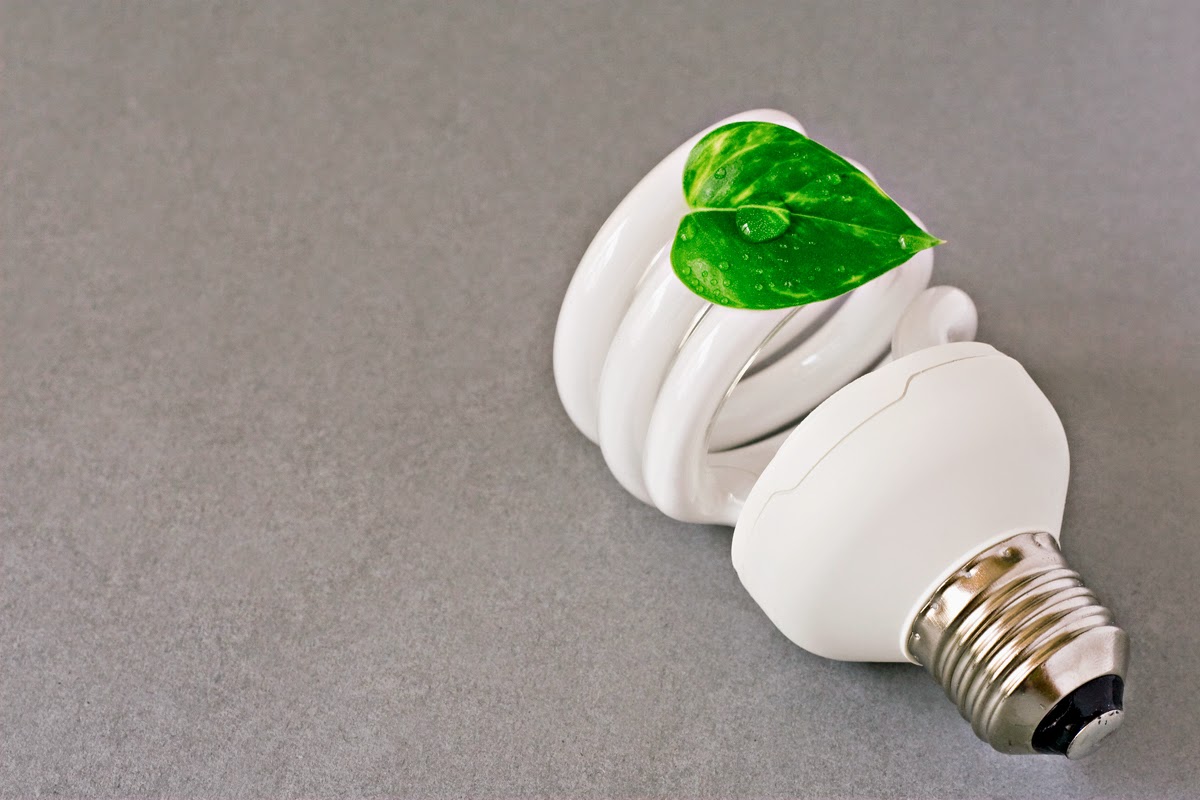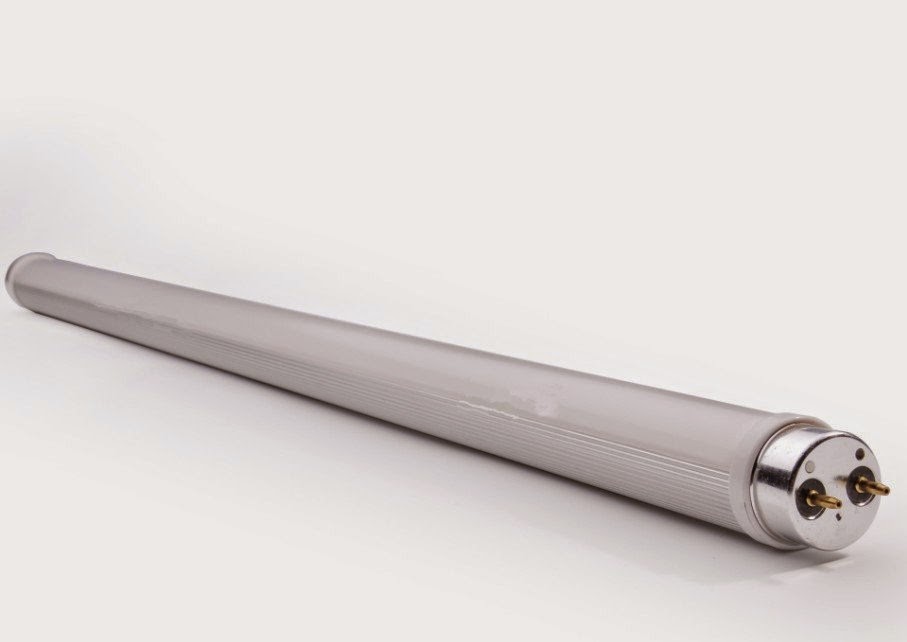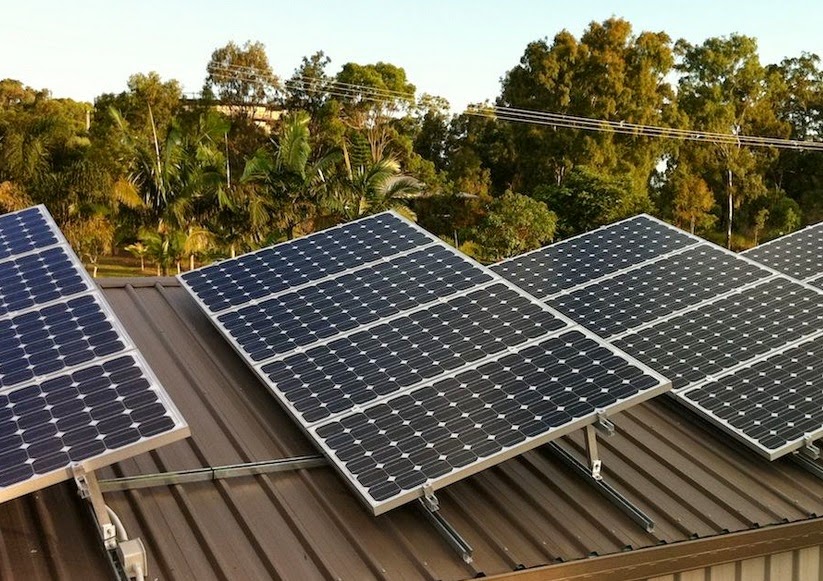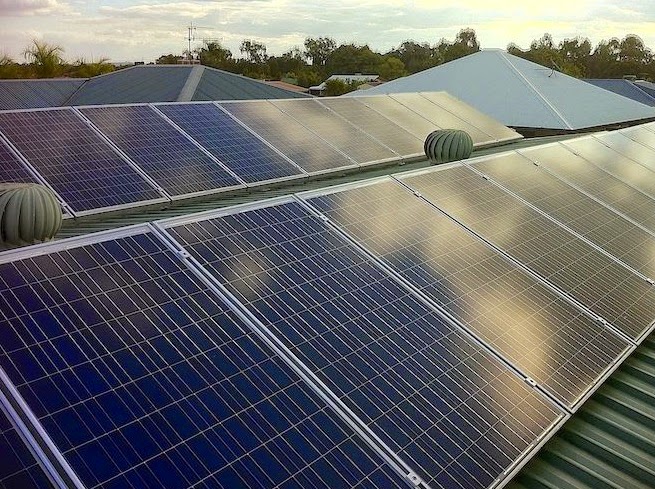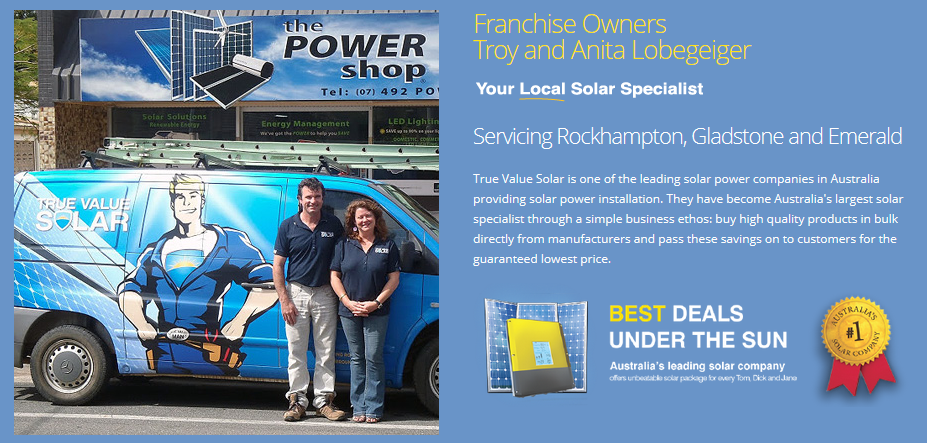That's all well and good, of course – it's understandable to want the best solar panels Australia installed on your rooftop system. There are other ways to conserve energy besides use renewable sources, although a few may be easier said than done. Still, in the long run, they'll definitely help.
Here are a few small changes you can make in your everyday life to mitigate pollution while saving on energy costs.
1. Switch to fluorescent. If you haven't already, replace your incandescent bulbs with compact fluorescent ones, which use less energy and last longer. You may soon find it hard to buy the former, in any case. A few countries – Canada and Australia, for instance – have banned the selling of incandescent bulbs since around 2010, and others may follow their example.
 |
| Image From: iclipart.com |
2. Walk. Yes, that tip again. Unless you live in a compact community, walking to work can really seem challenging, and perhaps off-putting. Who wants to show up at the office all sweaty? One alternative is to ride the bicycle to work instead.
 |
| Image From: iclipart.com |
If you have an hour-long commute or longer, though, you can take public transportation then get off at the stop near your workplace. Or see which of your co-workers lives in the same area, and carpool; each of you takes turns driving for the others to and from work.
3. Replace or repair door seals. At least, the ones on your refrigerator door. If they're loose or damaged, they prevent the door from closing properly. That, in turn, causes cold air to leak into your surroundings, and makes your fridge work harder to keep everything cold.
 |
| Image From: iclipart.com |
